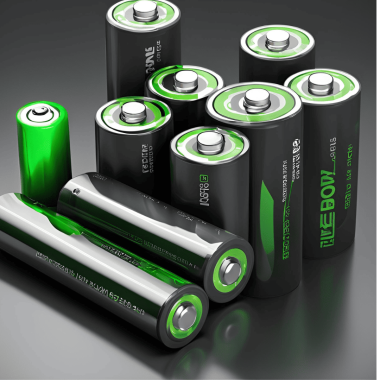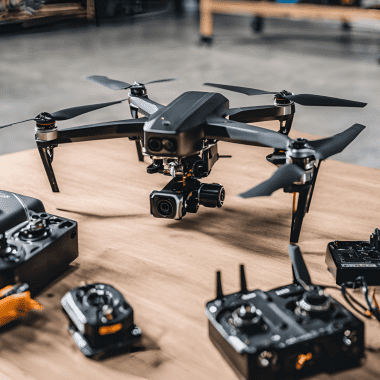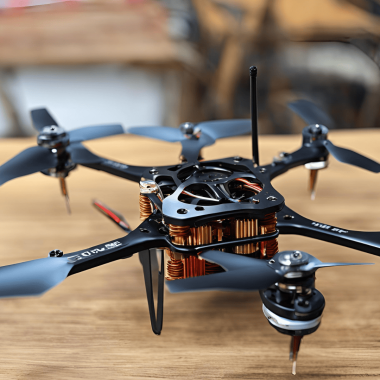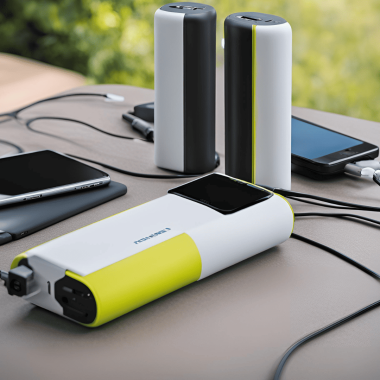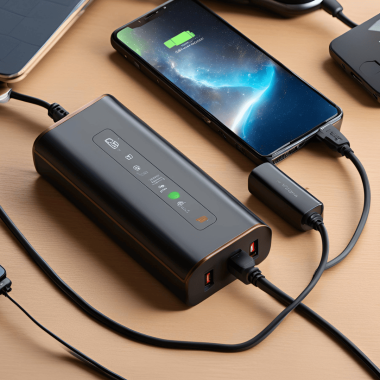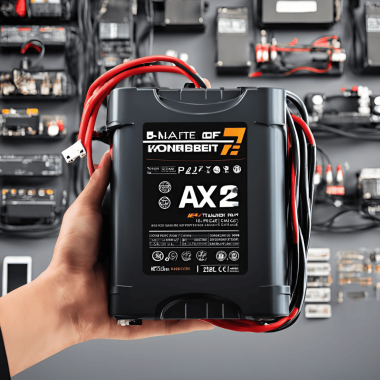Are you searching for a precise, reliable, and cost-effective method to measure distance, level, or detect the presence of an object? If so, an ultrasonic sensor might be exactly what you need. This blog post explores the essence of ultrasonic sensors, explaining their working principle, usage, and a wide array of applications. Continue reading to discover the fascinating world of these ingenious devices!
What is an Ultrasonic Sensor?
An Ultrasonic Sensor is an electronic device that measures distances by emitting sound waves and capturing the returning echoes. Capable of measuring up to 4.5 meters, it’s a versatile tool for both short and long-range measurements without needing physical contact with the target. This feature is crucial in numerous applications, from robotics’ obstacle avoidance systems to autonomous vehicles. Despite a trade-off between resolution and range accuracy, its affordability makes it a go-to choice for budget-conscious projects.

Ultrasonic Sensors as Proximity Sensors
Ultrasonic sensors excel as proximity sensors in parking technologies and anti-collision safety systems. They’re also integral in robotic obstacle detection and various manufacturing engineering applications. Unlike infrared (IR) sensors, ultrasonic sensors are less affected by airborne interferences like smoke and gases, though they’re not immune to environmental factors such as temperature.
Principle of Ultrasonic Sensor
The core principle of ultrasonic rangefinders is to measure the time it takes for a signal to travel from the transmitter to an object and back to the receiver. Operating on ultrasonic frequencies—sounds above 20 kHz, beyond human hearing—they can detect a variety of objects, including solids, liquids, granules, and powders, and are particularly effective with transparent or glossy surfaces.
How Ultrasonic Sensors Work
An ultrasonic sensor measures distances by emitting ultrasonic waves and converting the reflected sound into electrical signals. The sensor comprises a transmitter, which uses a piezoelectric crystal to emit sound, and a receiver.
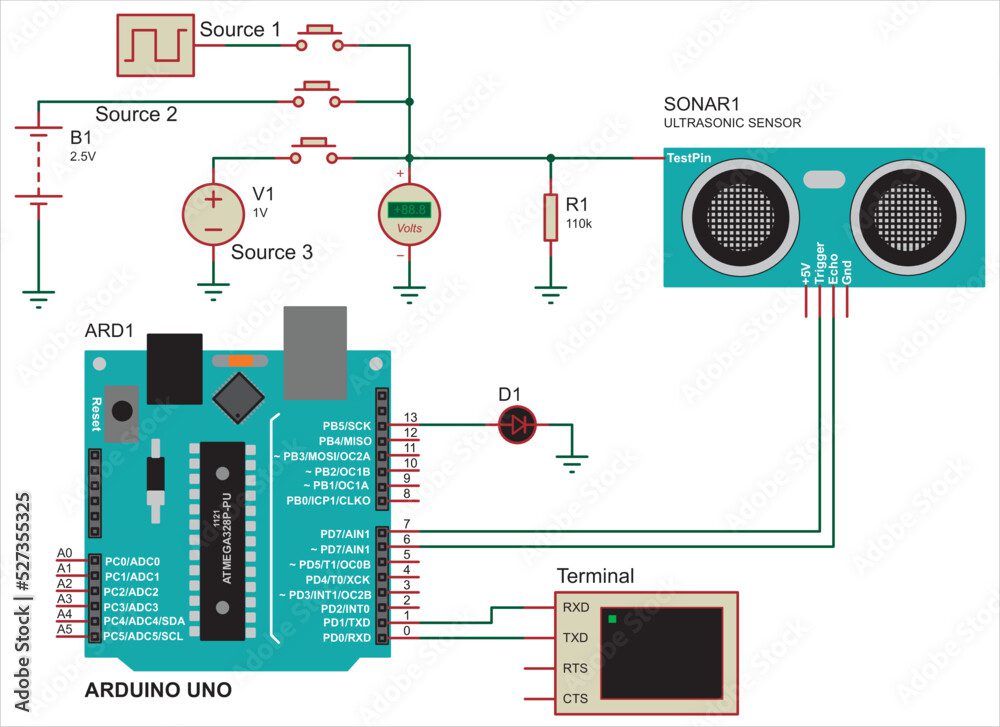
Some sensors combine these functions into one unit, alternating between sending and receiving signals. The distance to an object is calculated by measuring the travel time of the sound waves and their speed, factoring in the angle of propagation to ensure accuracy. The distance is determined using the formula:
Distance = Time x Speed of sound / 2
Applications of Ultrasonic Sensors
Ultrasonic sensors find applications in various fields:
- Ultrasonic Anemometers: Used in weather stations to measure wind speed and direction, and even temperature, by analyzing ultrasonic velocity changes.
- Tide Gauges: Monitor sea levels and detect tides, storm surges, and tsunamis, with real-time data linked to online databases for alert systems.
- Tank Level Monitoring: Measure liquid levels in tanks, even with corrosive or flammable fluids, without contact, reducing corrosion risks.
- Web-guiding Systems: Ensure material alignment in machinery, with ultrasonic sensors providing non-contact, fast, and efficient functionality.
- UAV Navigation: Drones use ultrasonic sensors to avoid collisions and maintain safe distances from the ground and obstacles.
Advantages of Ultrasonic Sensors
Ultrasonic sensors offer superior accuracy over traditional technologies like lasers or infrared sensors, especially in challenging environments. They can detect objects at distances over 200m and operate in low-light or dusty conditions without relying on visible light. With self-diagnostic capabilities, they require minimal maintenance and are ideal for a wide range of applications, from industrial automation to security surveillance.
Superior Accuracy
Ultrasonic sensors boast unparalleled accuracy compared to traditional technologies such as lasers or infrared sensors. This superior accuracy makes them a preferred choice in applications where precision is paramount.
Versatility
The high-frequency range of ultrasonic waves enables detailed detection over wide ranges, surpassing distances of even 200 meters. Their versatility shines in various industries, making them adaptable to diverse environments and applications.
Self-Diagnostics
Equipped with built-in self-diagnostics capabilities, ultrasonic sensors provide users with quick access to system status. This feature enhances maintenance routines, ensuring efficient and reliable performance over time.
Limitations of Ultrasonic Sensors
Despite their versatility, ultrasonic sensors have limitations. Their effectiveness diminishes over large distances and in the presence of high-density materials or extreme temperatures. They can also suffer from slow response times and interference, affecting accuracy.
Limited Range
While ultrasonic sensors offer tremendous benefits, they may face challenges in covering larger distances effectively. Understanding their range limitations is crucial for deploying them appropriately in various applications.
Prone to Interference
Interference from other sources can lead to false readings, impacting the reliability of ultrasonic sensors. Users must consider potential sources of interference and implement mitigation strategies accordingly.
Response Time
Relative to some technologies, ultrasonic sensors exhibit slower response times. This characteristic may influence their suitability for applications where immediate detection is a critical requirement.
Conclusion
Ultrasonic sensors are a versatile and powerful tool with a broad spectrum of applications, from automation and security to medical and scientific research. Understanding their principles and functionalities can help harness their full potential, elevating your projects to new heights. Explore the possibilities with ultrasonic sensors and revolutionize your work today!
If you found this post insightful, don’t forget to share and leave your thoughts in the comments. Check out our other blog posts on popular electronics and our wide range of products for some exciting deals!
Frequently Asked Questions
Ultrasonic sensors are used to detect the presence, proximity, and distance of objects using high-frequency sound waves. They find applications in parking assist systems, robotics, and distance-measuring devices.
Ultrasonic sensors offer incredible accuracy in detecting the distance and position of objects, even in challenging environments. They operate without physical contact, making them versatile for various applications.
Ultrasonic sensors detect motion and measure distances by emitting high-frequency acoustic pulses. These pulses reflect off objects and return to the sensor, allowing for accurate distance measurements and motion detection.
Ultrasonic sensors work by emitting sound waves at ultrasonic frequencies. The time it takes for these waves to hit an object and return helps calculate the distance, providing accurate measurements up to 5 meters.
Ultrasonic sensors can output both analog and digital signals. Analog sensors provide continuous voltage outputs, while digital sensors offer discrete pulse-width modulation outputs, suitable for various applications.
Connecting an ultrasonic sensor to a Raspberry Pi 4 involves identifying the sensor pins and connecting them to the GPIO ports of the Raspberry Pi. After securing the connections, install necessary software and run tests to ensure accurate data transmission.
Explore the exciting world of ultrasonic sensors and transform your projects with this advanced technology!
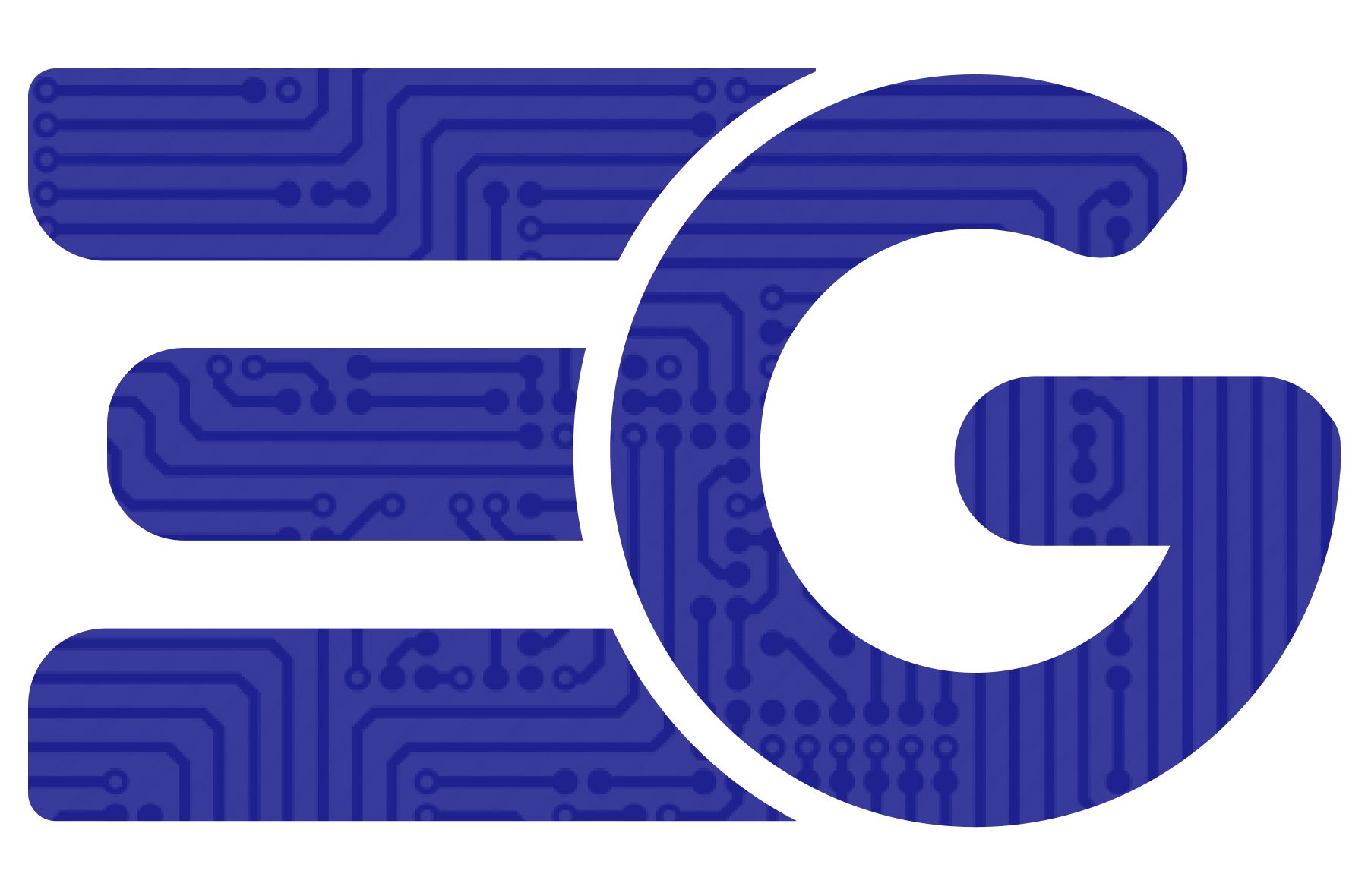
 EGPT
EGPT
